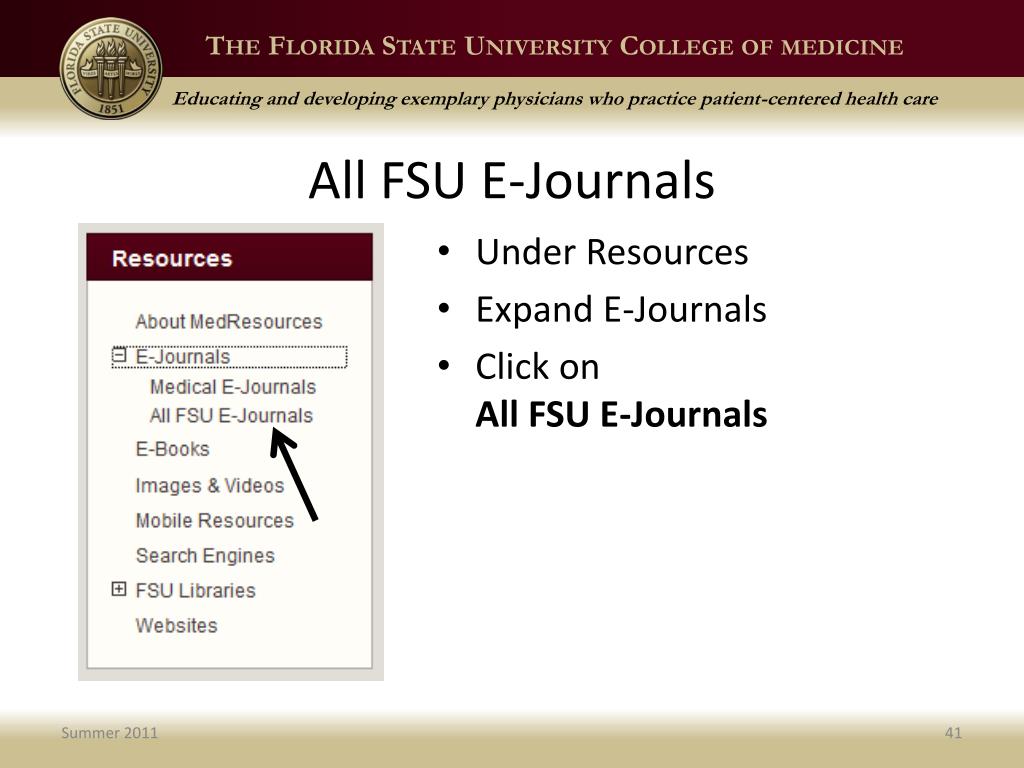

Case names written in full are typeset in roman, while in subsequent shortened citations the short form of the case name is italicized. Notes for court cases should include case name, number, volume number, abbreviated name(s) of reporter, and, in parentheses, the abbreviated name of the court and the date.

Citation sentences alone are an acceptable form of citation, so long as the document has only a few legal citations (for more information, see The Chicago Manual of Style, 17th ed., sections 14.269-305 and 15.58.) Court Decisions and Cases
When writing for law journals or other legal publications, these sources are not usually required to be cited in a bibliography or on a references page. Legal materials and other government documents should be cited using footnotes, endnotes, and/or citation sentences (with clauses including the same information required in a footnote). Print copies of the sources tend to be preferred to digital, though verified digital sources are acceptable. “Title of Document.” Source type identifier, Place of Publication, year of publication. Legal, Public and Unpublished Materials.Writing Letters of Recommendation for Students.


 0 kommentar(er)
0 kommentar(er)
